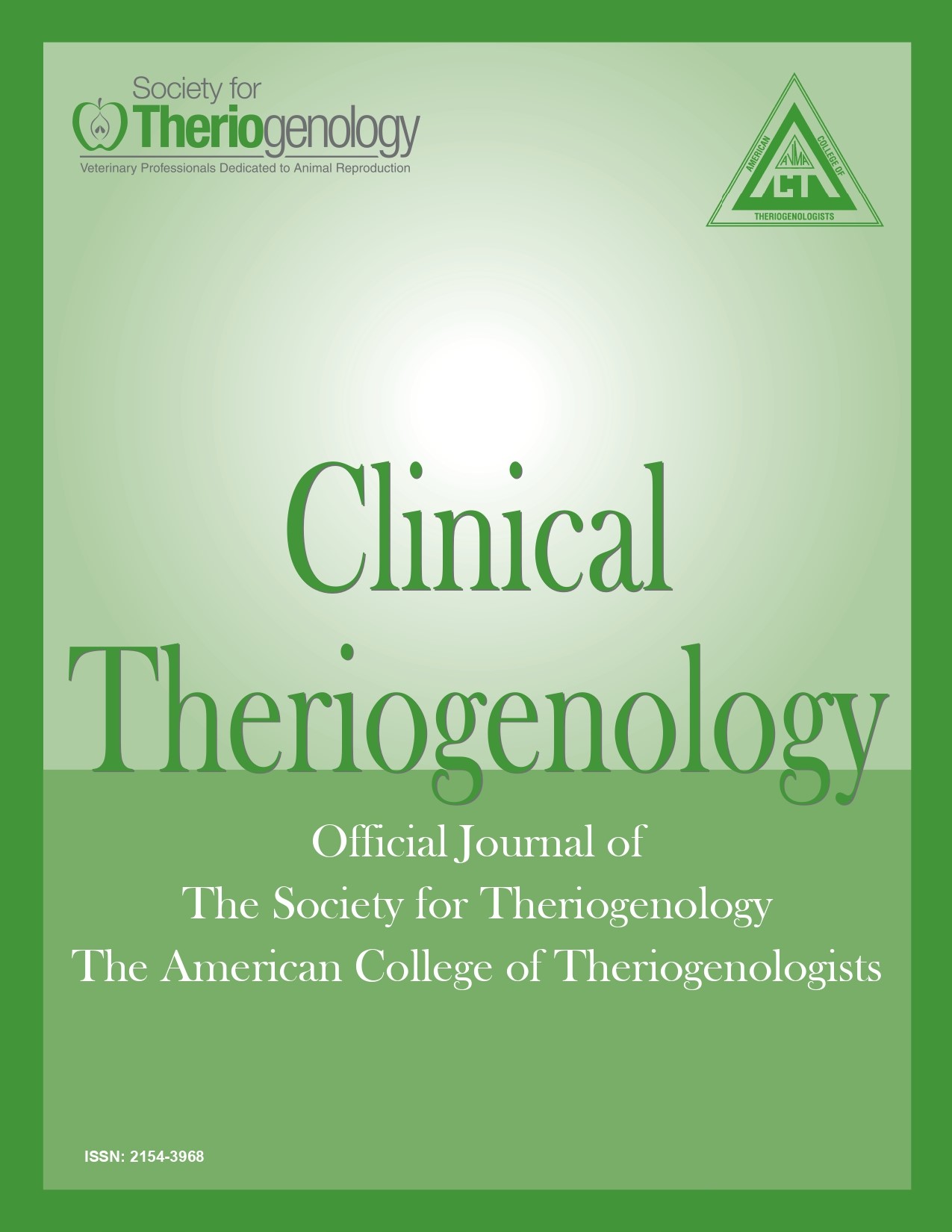Advances in sex ratio management in cattle
Abstract
Manipulation of the sex ratio of cattle offspring can be documented as far back as 1891 when Russell analyzed the relationship between the sex of a calf and the time during estrus at which copulation occurred.1 Interestingly, or perhaps embarrassingly, researchers have made little progress in the advancement of sex ratio manipulation, although there have been copious attempts in the last century. Most methods of manipulating embryo sex attempt to exploit the differences between X- and Y- bearing sperm. Mass and surface proteins have been predicted to differ between X- and Y- bearing sperm and may provide an approach for separation through techniques such as flow cytometry, sperm surface antigen binding, and albumin separation. Other studies have discovered correlations between pharmacological influence, semen incubation, the timing of insemination relative to ovulation, and maternal physiological influence on the sex of offspring. Still other observations included the effects of acute stressors, drugs, environment, and paternal occupation on the sex ratio of offspring. The purpose of this review is to provide an update on existing sex selection technologies as well as present novel sex selection data in beef cattle.
Downloads

This work is licensed under a Creative Commons Attribution-NonCommercial 4.0 International License.
Authors retain copyright of their work, with first publication rights granted to Clinical Theriogenology. Read more about copyright and licensing here.





